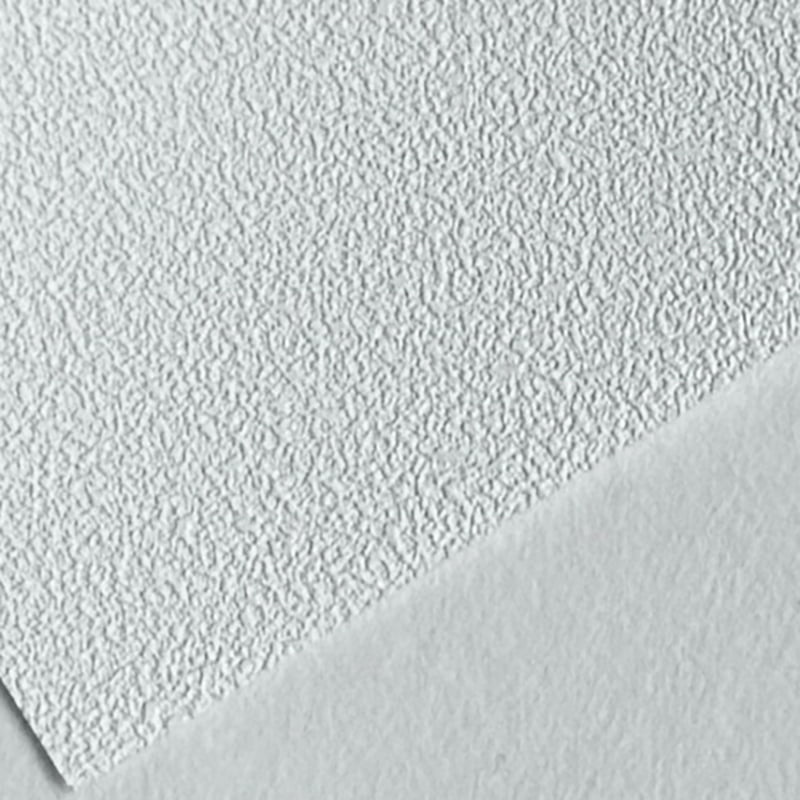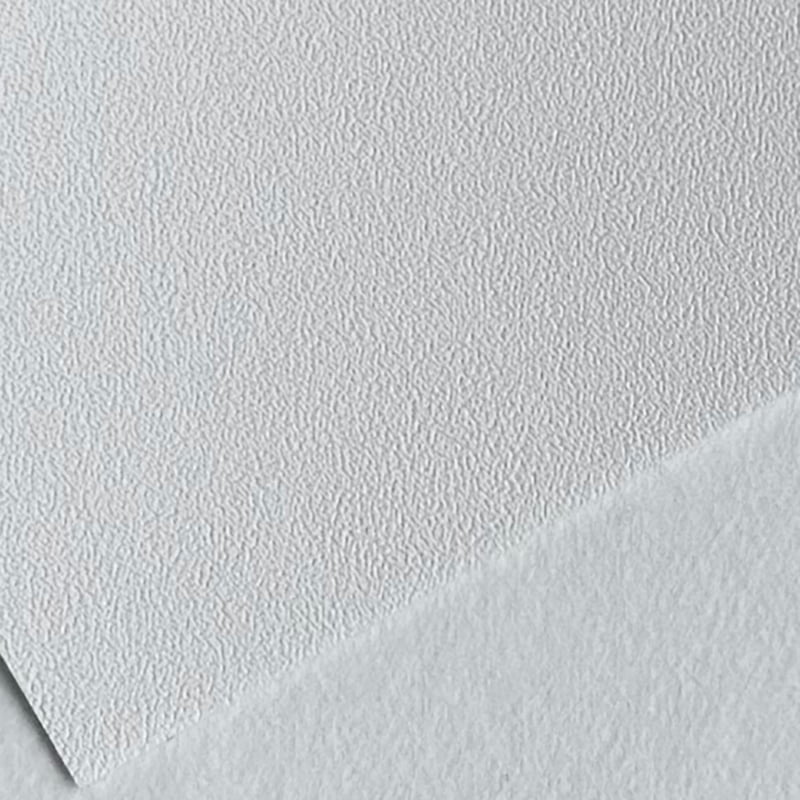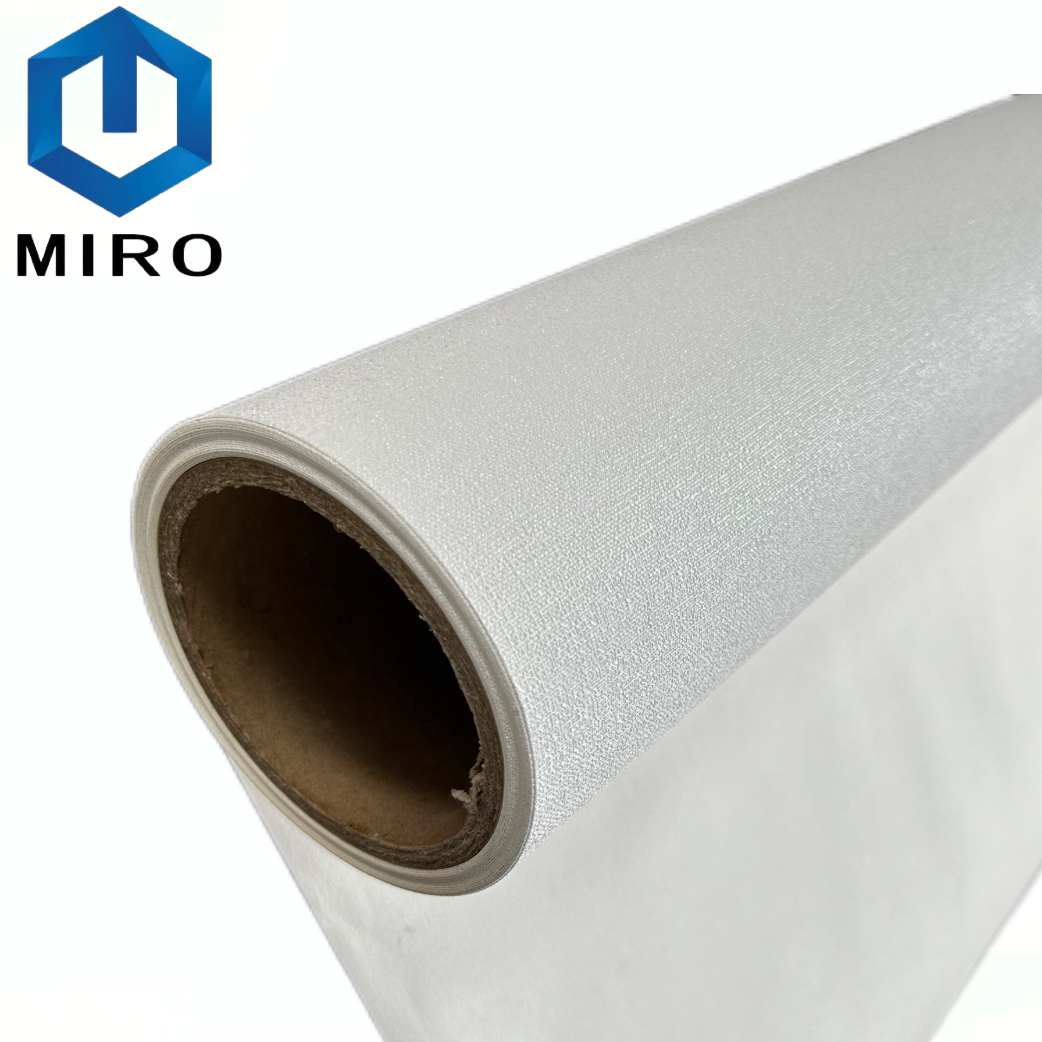With the continuous development of home decoration and commercial space design, wallpaper has gradually evolved from a traditional decorative method into a multifunctional space beautification material. Among them, printed wallpaper, with its rich pattern expression and personalized customization capabilities, has become an important choice for modern interior design. Understanding the main materials and characteristics of printed wallpaper helps consumers and designers make more informed decisions when choosing.
I. Common Material Types of Printed Wallpaper The material of printed wallpaper directly determines its feel, lifespan, environmental performance, and applicable scenarios. The main materials can be divided into the following categories:
1. Non-woven Wallpaper Non-woven fabric is a non-woven material made from a mixture of natural and synthetic fibers. It has good breathability and durability. Non-woven wallpaper is characterized by its ease of installation in rolls, and it can be directly cut and pasted onto the wall, making the installation process convenient and quick. It has high environmental performance, is less likely to produce harmful substances such as formaldehyde, and does not cause excessive damage to the wall surface when removed. Therefore, it is widely used in home decoration and public spaces.
2. PVC Wallpaper
PVC (polyvinyl chloride) wallpaper is a type of plastic-based wallpaper with waterproof, moisture-proof, and washable properties. This type of wallpaper has a smooth surface, allowing for high-precision printing, vibrant colors, and high durability. PVC wallpaper is typically suitable for damp environments such as kitchens and bathrooms, and is also suitable for high-frequency use in commercial spaces. Its flexibility and cleanability make it easy to maintain.
3. Paper Wallpaper
Paper wallpaper is one of the earliest wallpaper materials used, with good printability, capable of presenting rich patterns and color gradations. Paper wallpaper has a soft feel and is relatively environmentally friendly, but its water resistance and abrasion resistance are relatively weak, and it is prone to deformation or fading in humid environments. Therefore, this type of material is mostly used in dry indoor spaces, such as living rooms and bedrooms.
4. Fabric Wallpaper
Fabric wallpaper uses textiles as its base material, achieving the printing effect through surface coating or heat transfer processes. This type of wallpaper combines the texture of fabric with the visual impact of printed patterns, has a soft touch, good breathability, and also provides some sound insulation. Fabric-based wallpaper is often used in high-end interior design, such as hotel lobbies, clubs, and villa spaces. Its premium texture enhances the overall decorative taste of the space.
5. Glossy and Matte Wallpaper
Besides the substrate type, the surface treatment of the wallpaper directly affects the user experience. Glossy wallpaper undergoes a coating process, making the surface bright and reflecting light effectively, thus enhancing the brightness of the space. Matte wallpaper reduces light reflection, presenting a soft texture, suitable for creating a warm and natural interior atmosphere. These two surface treatments can be chosen based on design needs and lighting conditions.
II. Core Characteristics of Printed Wallpaper
Understanding the wallpaper material and its core characteristics can better guide practical applications. The main characteristics of printed wallpaper include the following:
1. Personalization and High-Precision Patterns
The biggest advantage of printed wallpaper lies in its customization capabilities and pattern expressiveness. Whether it's high-definition photography, abstract art patterns, or complex geometric designs, printed wallpaper can reproduce them with high precision. Thanks to modern digital printing technology, its color transitions are natural, and details are clear, making space decoration richer and more diverse.
2. Environmental and Health Performance: High-quality printed wallpaper prioritizes environmental protection in its material selection and printing processes. Non-woven, paper, and some fabric-based materials use water-based inks for printing, reducing volatile organic compound (VOC) emissions and ensuring indoor air quality. Furthermore, environmentally friendly wallpaper materials do not damage walls during use and removal, contributing to sustainable decoration concepts.
3. Durability and Ease of Maintenance: Different printed wallpaper materials offer varying degrees of durability. PVC and fabric-based materials typically possess waterproof, stain-resistant, and scratch-resistant properties, making them suitable for long-term use and easy to clean. Non-woven and paper wallpapers are more suitable for dry environments and should be protected from moisture and sharp objects. Overall, durability is a crucial indicator for evaluating wallpaper application scenarios.
4. Ease of Installation: Modern printed wallpapers are designed with ease of installation in mind. Non-woven wallpapers can be directly applied to walls without wetting; some PVC wallpapers are self-adhesive; fabric-based wallpapers can be fixed using special adhesives. This ease of installation saves time and reduces the error rate during the installation process.
5. Enhanced Visual Effects of Space Printed wallpaper, through the combination of materials and patterns, can visually shape an interior space. For example, matte wallpaper softens light, making the space feel warm and natural; glossy wallpaper increases brightness, creating a more modern and stylish visual effect. The texture and color of the wallpaper can also visually extend the space, making it appear more spacious or three-dimensional.
III. Application Scenarios of Different Materials Understanding the materials and characteristics allows for the appropriate selection of application scenarios to fully utilize the functionality and aesthetic effects of printed wallpaper.
Non-woven wallpaper: Suitable for dry environments such as bedrooms and living rooms; environmentally friendly and easy to install.
PVC wallpaper: Suitable for kitchens, bathrooms, or commercial spaces; waterproof, washable, and long-lasting.
Paper wallpaper: More suitable for dry environments with a strong decorative element, used to showcase artistry and personalized designs.
Fabric-backed wallpaper: Suitable for high-end residences, hotels, or clubs; combines texture and sound insulation, enhancing the space's sophistication.
The surface treatment of the wallpaper also affects the final effect. For example, glossy wallpaper is suitable for modern-style spaces, while matte wallpaper is better suited for creating a comfortable and warm atmosphere. IV. Considerations When Purchasing Printed Wallpaper
When choosing printed wallpaper, it's essential to consider factors such as material, printing process, environmental friendliness, and ease of installation. Select appropriate materials based on the intended environment to ensure durability and aesthetics. Pay attention to the printing precision and color reproduction to achieve the desired design effect. Prioritize environmentally friendly materials and water-based inks to protect indoor air quality and family health.
V. Conclusion
Printed wallpaper, with its rich material selection and diverse characteristics, occupies an important position in modern interior design. Non-woven, PVC, paper, and fabric-based wallpapers each have their advantages, meeting the needs of different spaces and applications. Their personalized design, high-precision printing, environmental friendliness, ease of installation, and durability make them an important material for interior decoration. In the future, with advancements in technology and materials, printed wallpaper will present even more diversified functions and aesthetic expressions, bringing more creativity and possibilities to space decoration.

 中文简体
中文简体 English
English русский
русский Español
Español عربى
عربى











